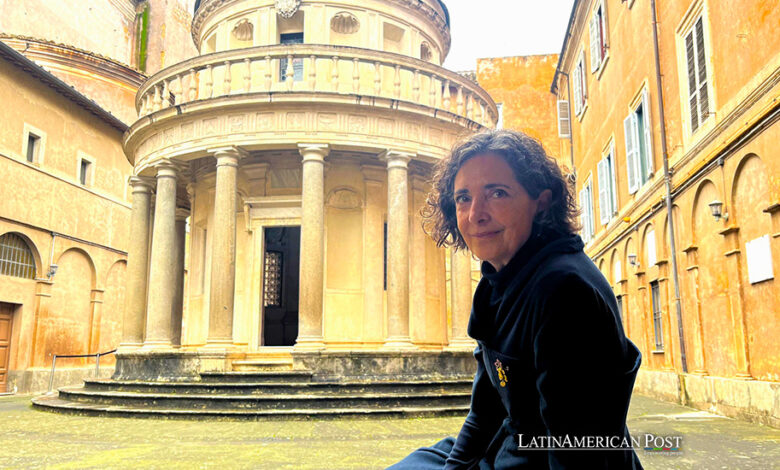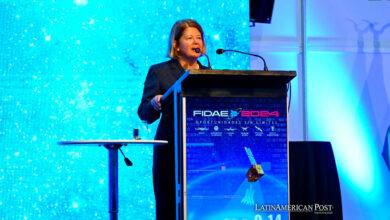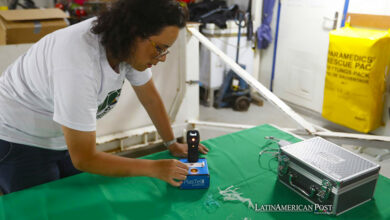Chilean Architect Cecilia Puga: Pioneering Ecosystem and Community Restoration Through Architecture

Cecilia Puga, a renowned Chilean architect, advocates for a construction model that heals buildings, ecosystems, and communities, integrating social issues and climate crisis solutions into her global projects, including museum leadership roles.
Global Recognition and Commitment to Repair
Cecilia Puga, a distinguished figure in architecture from Santiago, Chile, has made a name for herself far beyond her native borders. Her innovative work celebrated in the United States and at the Venice Biennale, and her leadership role at Chile’s Pre-Columbian Museum exemplifies a profound commitment to a construction paradigm that seeks to erect structures and mend ecosystems and communities. “Repairing,” as Puga asserts to EFE, has become a mandatory term in today’s world, pushing the boundaries of architecture to address the intertwined crises of climate change and social inequality.
Puga’s architectural journey is marked by numerous international accolades and a unique dual role that straddles her architectural practice, co-led with Paula Velasco, and her two-decade-long association with the Pre-Columbian Museum. Her approach champions the concept of “repair” over “creation,” though she sees both as complementary. This philosophy was shared with Spanish architect Benjamín Gallegos at the Royal Academy of Spain in Rome, emphasizing the urgent need to focus on repairing our environment and social fabric as much as innovation and creation.
Balancing Challenges with Innovation
This shift towards repair entails acknowledging the damage and fractures within our environments and societies, yet seeing in these challenges the potential for innovation and future possibilities. Puga’s work exemplifies this balance, marrying contemporary design and technological advancement with environmental repair and circular economic principles.
The critical issue of housing shortage, particularly acute in countries like Chile, which faces a deficit of 500,000 units for its 17 million inhabitants, underscores the complexity of applying European discourses, such as the cessation of all construction, to the Latin American context. Puga stresses the importance of environmental respect in all architectural endeavors, which she believes should be axiomatic rather than subject to debate.
Puga also ventures beyond the simplistic energy conservation and environmental respect dialogue, advocating for a nuanced approach to architectural challenges. Her leadership at the Pre-Columbian Museum has navigated the institution through the financial crises exacerbated by the COVID-19 pandemic, highlighting her multifaceted expertise.
Addressing Colonial Narratives and Cultural Influence
Moreover, Puga’s cultural influence extends to addressing colonial narratives within museum practices, a topic of significant debate in Latin America following Spain’s initiative to transcend a colonial framework in its museums. While Puga values the gesture, she argues that overcoming colonialist perspectives involves more than returning artifacts, pointing to the need for a deeper, state-led reevaluation of museum narratives.
Also read: Chile-Based Telescope Used to Unveil Stellar Secrets Through the Scars of White Dwarfs
From her architectural designs to her museum leadership, Puga’s work represents a holistic vision of architecture’s role in society. It’s a vision that transcends the mere creation of spaces, advocating for a profound engagement with our communities’ cultural, environmental, and social fabrics. As Latin America grapples with similar challenges across its diverse landscapes, figures like Puga illuminate the path forward, showing how architecture can serve as a conduit for healing, innovation, and sustainable development.





